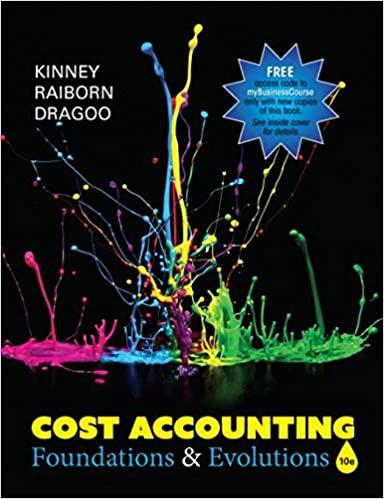For the next three questions, consider a non-renewable natural resource (like oil or natural gas) is supplied entirely by private landowners who have exclusive access to reservoirs of that natural resource, that is completely controlled by private landowners that have exclusive access to reservoirs of the resource. Detailed geological surveys indicate that, in total, there are 20000 units of this resource available across all of the supplier reservoirs. The (average) marginal cost (MC) of extraction is a constant $100/unit. However, the marginal benefit (MB, demand) to consumers after q units have been made available is 250000 - 20q. Because consumers extract all of this benefit after a short period of time, suppliers can assume that the marginal benefit next year will be based entirely on the amount of resource supplied that year (i.e., any decrease in consumer WTP from this year's production will be erased in next year's market). 6. (18 points) First, consider the case where all suppliers take a myopic perspective and only consider profits from this year (and not lost opportunity from next year). a. (2 points) What quantity of this natural resource would be supplied this year? b. 12 points) What would the market price for this year's quantity supplied? c. (2 points) What is the scarcity rent achieved this year? d. 12 points) in this myopic case focusing on maximizing benefits to this year, what quantity of the natural resource will be available for next year? e. (2 points) What will the market price for next year's quantity be (assuming all of the remaining supply will be sold) in this myopic case? f. (2 points) What is the scarcity rent achieved for next year in this myopic case? 8. (4 points) Consider a single supplier who decides to forgo supplying 1 unit of the natural resource this year and instead sells that one unit next year (capitalizing on the difference between (c) and (f) above). Assume that this small change in supply is not enough to appreciably change market prices in either year so that the scarcity rents in (c) and (f) are still valid. Assuming the current interest rate from the money market is 10%, express the extra profit made next year from the scarcity rent on this single unit in terms of its present value. h. (2 points) Use your answers from (c) and (e) to explain how the unregulated marketplace will naturally shift toward conservation (i.e., decreased exploitation of the resource in the present term). For the next three questions, consider a non-renewable natural resource (like oil or natural gas) is supplied entirely by private landowners who have exclusive access to reservoirs of that natural resource, that is completely controlled by private landowners that have exclusive access to reservoirs of the resource. Detailed geological surveys indicate that, in total, there are 20000 units of this resource available across all of the supplier reservoirs. The (average) marginal cost (MC) of extraction is a constant $100/unit. However, the marginal benefit (MB, demand) to consumers after q units have been made available is 250000 - 20q. Because consumers extract all of this benefit after a short period of time, suppliers can assume that the marginal benefit next year will be based entirely on the amount of resource supplied that year (i.e., any decrease in consumer WTP from this year's production will be erased in next year's market). 6. (18 points) First, consider the case where all suppliers take a myopic perspective and only consider profits from this year (and not lost opportunity from next year). a. (2 points) What quantity of this natural resource would be supplied this year? b. 12 points) What would the market price for this year's quantity supplied? c. (2 points) What is the scarcity rent achieved this year? d. 12 points) in this myopic case focusing on maximizing benefits to this year, what quantity of the natural resource will be available for next year? e. (2 points) What will the market price for next year's quantity be (assuming all of the remaining supply will be sold) in this myopic case? f. (2 points) What is the scarcity rent achieved for next year in this myopic case? 8. (4 points) Consider a single supplier who decides to forgo supplying 1 unit of the natural resource this year and instead sells that one unit next year (capitalizing on the difference between (c) and (f) above). Assume that this small change in supply is not enough to appreciably change market prices in either year so that the scarcity rents in (c) and (f) are still valid. Assuming the current interest rate from the money market is 10%, express the extra profit made next year from the scarcity rent on this single unit in terms of its present value. h. (2 points) Use your answers from (c) and (e) to explain how the unregulated marketplace will naturally shift toward conservation (i.e., decreased exploitation of the resource in the present term)







